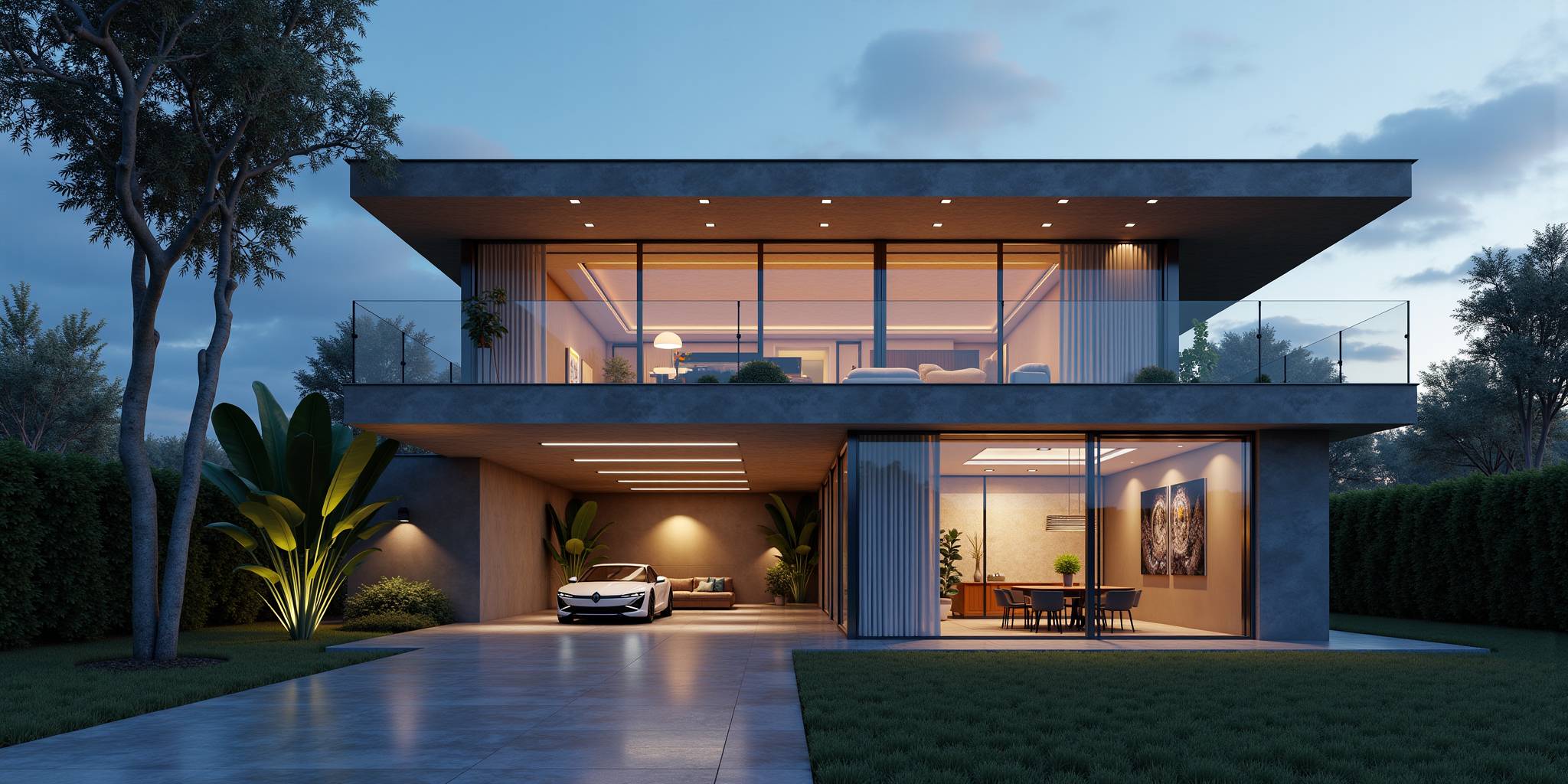In the ever-evolving world of generative AI and machine learning, innovations continue to push the boundaries of efficiency and model optimization. One particularly fascinating area is text-to-image generation, where models transform textual descriptions into visually stunning images. Stable Diffusion stands out as a leading model in this space, offering remarkable capabilities. But what exactly is a LoRa model in the context of Stable Diffusion, and how does it function? Let’s explore this concept in depth and uncover its unique advantages.
Understanding LoRa Models
LoRa, short for Low-Rank Adaptation, is a method for fine-tuning large models like Stable Diffusion. It’s designed to make minimal yet impactful adjustments to pre-trained models, resulting in smaller, efficient variants. These LoRa models are typically 10 to 100 times smaller than the original checkpoint models, making them ideal for users managing extensive collections of models without overwhelming their storage capacities.
How LoRa Works
The magic of LoRa lies in its focus on the cross-attention layers within Stable Diffusion. These layers are where the input text prompts meet the image generation process. Researchers have discovered that fine-tuning just these layers can produce impressive training results while avoiding the need to retrain the entire model.
Here’s how it works: The weights of a cross-attention layer are stored in matrices. LoRa reduces these matrices into two smaller, low-rank matrices. For example, a matrix with 1,000 rows and 2,000 columns contains 2,000,000 elements. LoRa simplifies this into a 1,000 x 2 matrix and a 2 x 2,000 matrix, requiring only 6,000 elements. This represents a dramatic reduction in storage requirements—a 333-fold decrease—while maintaining performance.
Finding LoRa Models
You can find a wide range of LoRa models on platforms like Civitai or Hugging Face. These platforms host diverse LoRa models catering to various artistic styles, from hyper-realistic portraits and intricate abstract designs to fantastical science fiction landscapes.
.jpg)
Using LoRa Models
LoRa models can be seamlessly integrated into GUIs such as AUTOMATIC1111, Forge UI, and other platforms supporting AI image generation. These interfaces natively support LoRa, allowing users to leverage it with models like Stable Diffusion or Flux without requiring additional extensions. To use a LoRa model, you employ specific syntax within your prompts or negative prompts:
.jpg)
<lora:name:weight>
Here, name refers to the LoRa model’s name, and weight determines how strongly the LoRa model influences the output. Some LoRa models, trained using Dreambooth, require a trigger keyword, which is usually provided on the model’s detail page.
LoRa Models in Action
Here are some examples of LoRa models and their creative applications:
.png) Retro Cartoon: This LoRa model produces stunning images reminiscent of 1980s cartoon shows, ideal for vintage advertisements or event flyers.
Retro Cartoon: This LoRa model produces stunning images reminiscent of 1980s cartoon shows, ideal for vintage advertisements or event flyers.
.png) UltraRealistic: A model tailored to generate 'live' images with realistic emotions, more dynamic poses and slightly amateurish quality
UltraRealistic: A model tailored to generate 'live' images with realistic emotions, more dynamic poses and slightly amateurish quality
 Architect: This model excels at creating clean, modern brutalist architectural rednerings as if created in Unreal Engine or with 3D software.
Architect: This model excels at creating clean, modern brutalist architectural rednerings as if created in Unreal Engine or with 3D software.
By using these models, creators can achieve distinct styles and concepts without needing massive computational resources.
Conclusion
LoRa models offer a powerful way to customize and optimize Stable Diffusion models. By fine-tuning only specific parts of the model, LoRa achieves exceptional results while saving significant storage space. Whether you’re an artist, a researcher, or a hobbyist exploring the capabilities of AI-generated art, LoRa opens the door to greater creativity and efficiency.
Empower Your Creativity with RAVE.SPACE
Are you looking to harness the potential of AI by training your own custom LoRa models? At RAVE.SPACE, we seamlessly integrate advanced AI solutions into our platform to enhance storytelling, interactions, and overall user engagement. Whether it’s content generation or combining the latest AI tools with our real-time 3D engine, we’re here to help. Feel free to reach out anytime—together, we’ll take your creative ideas to the next level.
